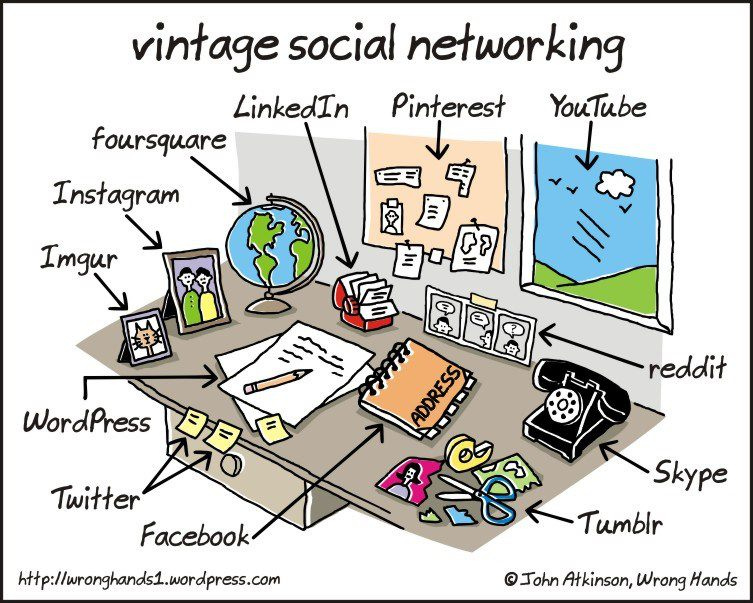Technology
advancements have created a world where society wants graphics and information
with their news. They want pictures, statistics, and things that go much deeper
than just a news story. People in older generations are use to watching the
nightly news just to see someone reporting on a topic with a vague picture in
the background. With social media, it is no doubt; you can share images with
articles as instantly as you post them. People want to know everything. It goes
with my last post of people wanting their things now. They want all of the
information now, too.
Media has always been influenced by
social developments and the rapid remarkable developments in technology and
global economics is significantly altering lives, community, and established
social institutions – including media (Social Trends, 2013). The developments
in technology have allowed journalist to upload graphics and images with their
posts as instantly as they take them. Cameras and smartphones are so digitally
enhanced, you can post pictures more instantly than you can write the article
about the image. This allows for users to demand their information now and
expect things quicker.
Social
Trends. (2013, October 5). What Society Needs from Media in the Age of Digital
Communication. Retrieved April 4, 2015, from
http://www.socialtrendsinstitute.org/experts/experts-meetings/civil-society/what-society-needs-from-media-in-the-age-of-digital-communication



